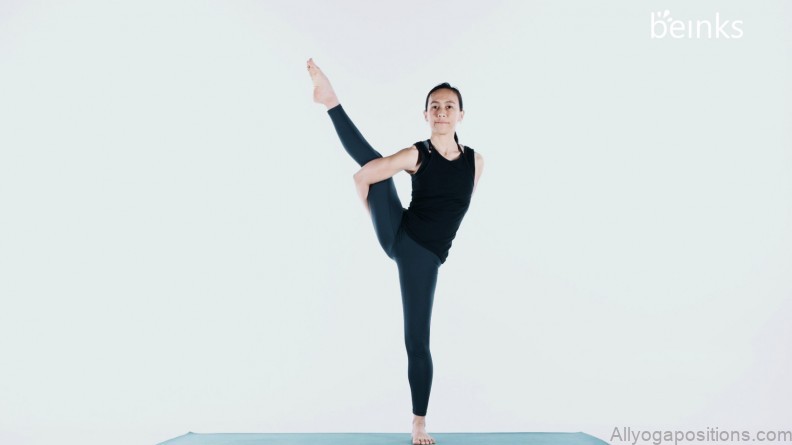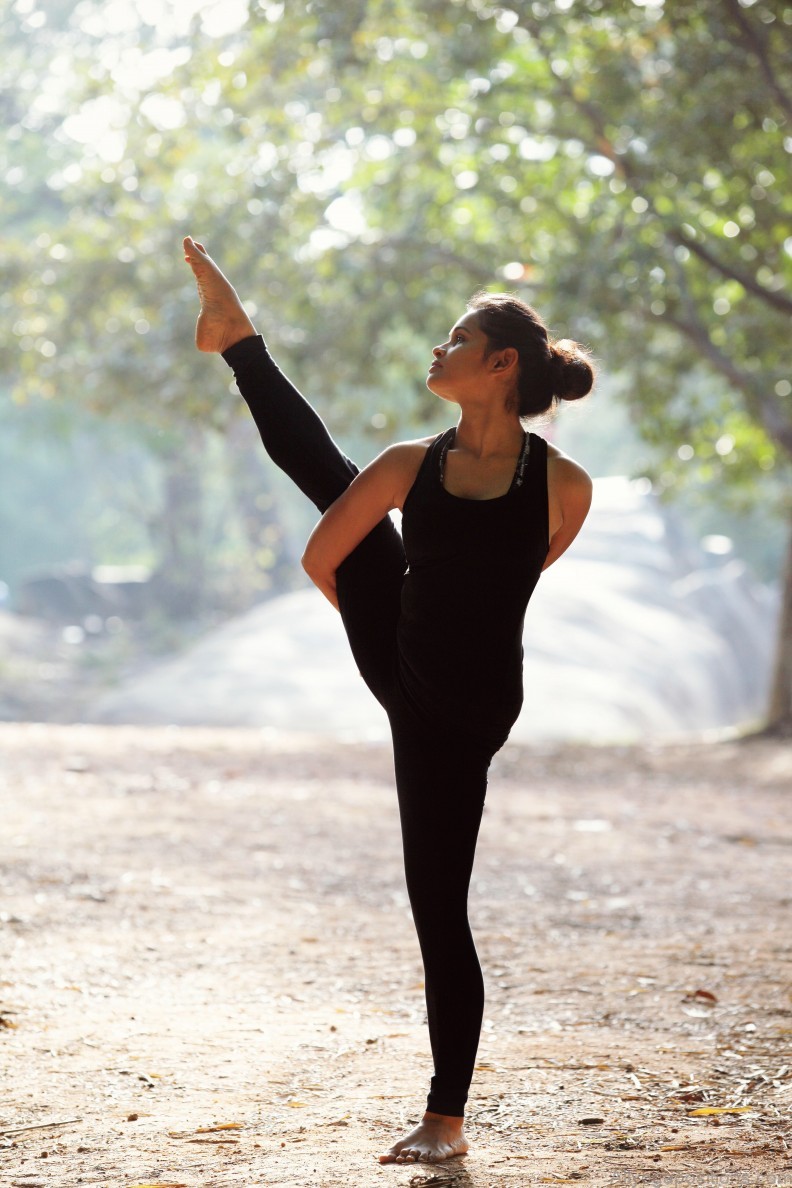Introduction:
Yoga is an ancient practice that has been gaining immense popularity in recent times, primarily due to its holistic benefits for the mind, body, and spirit. One of the most challenging and rewarding poses in yoga is the Bird of Paradise pose. This pose, also known as Svarga Dvidasana in Sanskrit, is a beautiful, advanced-level yoga pose that requires a combination of strength, flexibility, and balance. In this blog post, we’ll explore the benefits of the Bird of Paradise pose, how to perform it, and tips to deepen your practice.
Benefits of Bird of Paradise Pose:
- Improves flexibility: One of the most significant benefits of the Bird of Paradise pose is its ability to improve flexibility. This pose involves stretching the hamstrings, glutes, and hips, which can increase mobility and range of motion.
- Builds strength: The Bird of Paradise pose requires a lot of strength and stability, especially in the legs, core, and shoulders. Practicing this pose regularly can help to build strength and increase endurance.
- Enhances balance: The Bird of Paradise pose challenges your balance and coordination, as you’re required to balance on one leg while extending the other leg behind you. Practicing this pose can improve your balance and overall body awareness.
- Boosts confidence: Mastering the Bird of Paradise pose takes time, practice, and dedication. As you work towards achieving this pose, you’ll experience a sense of accomplishment and confidence in your abilities.
The Benefits and How-to Guide of the Bird of Paradise Yoga Pose Photo Gallery
How to Perform Bird of Paradise Pose:
Step 1: Start in Tadasana or Mountain Pose, standing tall with your feet hip-distance apart, arms at your sides, and palms facing forward.
Step 2: Shift your weight to your left foot, and then bend your right knee, bringing your right heel towards your buttocks. Reach your right hand behind your back and hold onto your right ankle.
Step 3: Inhale deeply and then exhale, while slowly extending your right leg behind you, keeping it parallel to the floor.
Step 4: Engage your core muscles and begin to twist your torso towards the left, bringing your left arm towards the ceiling.
Step 5: Hold this pose for 3-5 breaths, and then slowly release the pose by reversing the steps.
Tips to Deepen Your Practice:
- Warm-up: Before attempting the Bird of Paradise pose, it’s essential to warm-up your body. A few rounds of Sun Salutations, lunges, and hip openers can help to prepare your body for this challenging pose.
- Use a strap: If you’re not able to reach your ankle with your hand, use a strap to help you extend your leg behind you. This will allow you to focus on your balance and alignment without straining your muscles.
- Practice regularly: Like any other yoga pose, the Bird of Paradise pose takes time and practice to master. Incorporate this pose into your regular yoga practice to improve your flexibility, strength, and balance.
- Listen to your body: As with any yoga pose, it’s crucial to listen to your body and avoid pushing yourself too far. If you experience any pain or discomfort, back off from the pose and take a break.
Conclusion:
The Bird of Paradise pose is a challenging yet rewarding yoga pose that offers a range of benefits for the mind, body, and spirit. This pose can improve flexibility, build strength, enhance balance, and boost confidence. By following the steps and tips outlined in this blog post, you can deepen your practice and achieve this beautiful pose. Remember to always listen to your body and approach this pose with patience and mindfulness.
Table of Contents
Maybe You Like Them Too
- Mastering Virabhadrasana A: The Warrior Pose of Empowerment
- Embracing the Essence of Wide Legged Forward Bend: A Deep Dive
- Unlocking the Power of Prasarita Padottanasana: The Wide-Legged Forward Bend
- The Power and Elegance of the Wide Legged Forward Bend II Yoga Pose
- Mastering the Warrior II Pose: A Deep Dive into Its Benefits and Techniques








